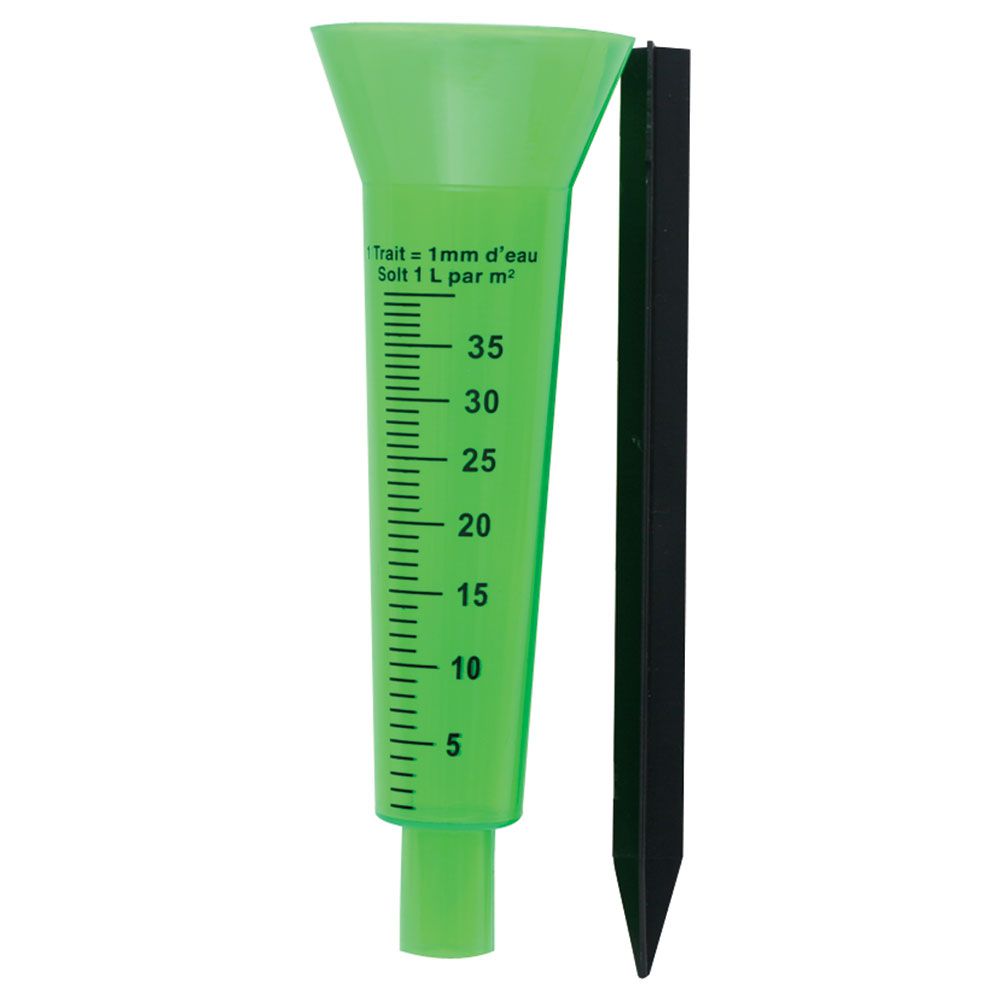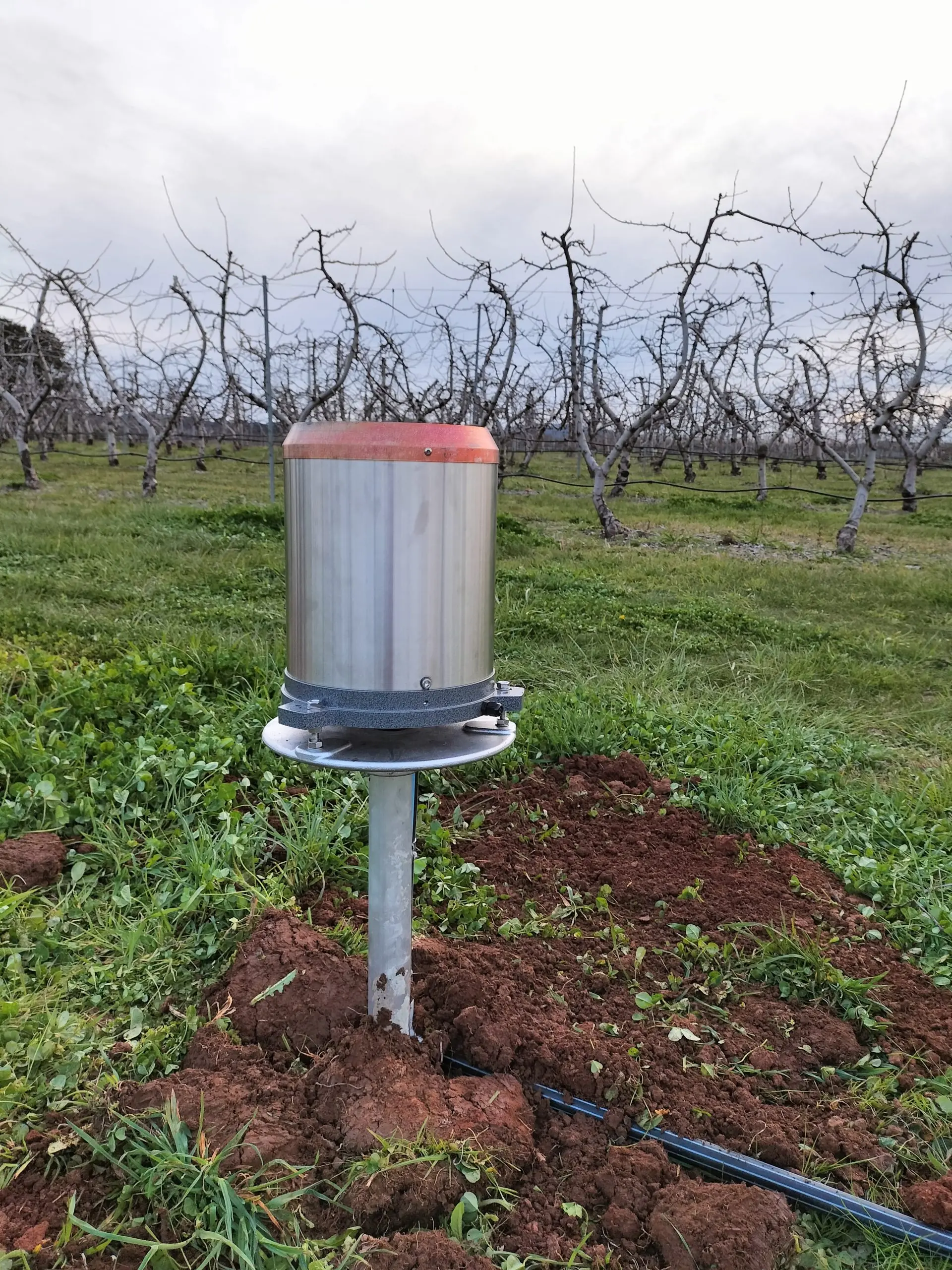How to Pick the Right Rain Gauge for Reliable Precipitation Monitoring
How to Pick the Right Rain Gauge for Reliable Precipitation Monitoring
Blog Article
Discovering the Advancement of Rainfall Evaluates: From Standard to Smart Instruments for Boosted Accuracy in Rain Measurement
The measurement of rainfall has been a fundamental aspect of meteorology for centuries, shaping our understanding of weather patterns and climate trends - rain gauge. From the early manual rain evaluates to the much more recent introduction of smart devices, the evolution of rainfall dimension devices has actually been a trip marked by development and precision. By tracing the improvements in rain gauge technology from conventional models to the advanced smart devices these days, we can obtain beneficial understandings right into exactly how these advancements have revolutionized the way we accumulate and assess rains data
Early Manual Rain Determines
Throughout antiquity, simple vessels were used to measure rains by hand, marking the early origins of rainfall determines. These very early rain gauges were simple containers placed in open locations to accumulate rainwater. The collected water was after that manually gauged utilizing markings on the container to identify the amount of rains that had taken place within a details duration.
Although these hand-operated rain evaluates worked in supplying a basic understanding of rains patterns, they were restricted in accuracy and accuracy. Elements such as spillage, dissipation, and wind might influence the measurements, resulting in potential errors in the videotaped data.

Regardless of their constraints, early manual rainfall determines played a crucial role in the advancement of extra sophisticated rain dimension tools. The principle of collecting and measuring rains laid the structure for the development of more advanced rain evaluates that used scientific principles to provide more accurate and reputable data. This development eventually resulted in the advancement of modern rain gauges efficient in recording specific dimensions in different environmental conditions.
Development of Mechanical Rain Scales
The development from very early hands-on rain determines to advanced mechanical rainfall measurement tools noted a substantial jump in the development of rain scale innovation. Mechanical rain determines, additionally understood as tipping bucket rain determines, run on an easy yet effective concept. These gadgets include a funnel that accumulates rain and channels it into a little seesaw-like mechanism - rain gauge. As the rain fills up one side of the mechanism, it ideas, causing the water to be cleared out, and concurrently tape-recording the quantity of rainfall. This layout enables automatic dimensions, making it more exact and efficient contrasted to hands-on approaches.
Mechanical rainfall evaluates are commonly made from long lasting products like stainless steel or plastic, making sure longevity and dependability also in rough weather conditions. With innovations in technology, contemporary mechanical rainfall determines can also be furnished with digital sensing units to send real-time data wirelessly to data collection systems. This combination of mechanical toughness and digital connection has actually made mechanical rainfall gauges a prominent option for atmospheric terminals, study institutions, and agricultural applications where accurate rainfall measurements are critical for decision-making procedures.
Introduction of Electronic Rainfall Scales

Digital rain assesses offer substantial advantages over typical mechanical evaluates, consisting of higher precision, the ability to gauge smaller increments get redirected here of rains, and reduced maintenance needs. By leveraging electronic parts like tipping buckets or acoustic sensing units, these devices can supply detailed details on rainfall strength, duration, and distribution patterns with boosted reliability.
Additionally, the integration of electronic rainfall gauges into weather condition monitoring networks allows the collection of huge volumes of data for evaluation and projecting purposes. This information can be utilized to improve predictive versions, enhance very early caution systems for severe climate events, and support environment study initiatives. On the whole, the introduction of digital rainfall gauges stands for a pivotal improvement in the area of meteorology, assisting in more detailed and precise rainfall measurement abilities.
Transition to Wireless Rainfall Evaluates
Progressing beyond conventional approaches, atmospheric instrumentation has progressively changed towards wireless rainfall determines for enhanced data collection and transmission. These ingenious tools utilize wireless modern technology to transmit real-time rainfall data to centralized systems, using scientists and meteorologists prompt access to reliable and accurate info. The shift to wireless rain gauges eliminates the requirement for hands-on information collection, minimizing human error and boosting performance in keeping an eye on rainfall patterns.
Wireless rainfall assesses are geared up with sensors that can find also the tiniest quantity of rains, giving specific dimensions for much better analysis and forecasting. The seamless combination of these evaluates into existing weather condition tracking networks permits detailed data collection across various geographical places, enabling a more detailed understanding of rainfall circulation and strength.
Moreover, the wireless capacity of these rain evaluates enables remote surveillance in hard-to-reach or harmful locations, broadening the range of rainfall measurement in tough settings. With their capacity to simplify information transmission and improve accuracy, wireless rain evaluates represent a significant improvement in Recommended Site meteorological technology, improving the accuracy and integrity of rains measurement for clinical research study and operational projecting.
The Age of Smart Rainfall Gauges
Becoming a pivotal improvement in meteorological instrumentation, wise rainfall determines incorporate advanced modern technology for enhanced data collection and evaluation. These cutting-edge devices are furnished with sensing units that can measure not just the amount of rainfall however likewise added parameters such as intensity, period, and even drop size distribution. By leveraging wireless connectivity, wise rainfall assesses can send real-time data to meteorological stations, providing immediate access to exact rains dimensions.
Among the crucial functions of wise rainfall assesses is their capacity to autonomously readjust for ecological variables that might influence the precision of typical rainfall determines, such as wind disturbance or dissipation. This self-correction device ensures that the information accumulated is extra consistent and dependable, resulting in improved forecasting models and better-informed decision-making in various sectors like farming, water source administration, and metropolitan planning. Moreover, the integration of fabricated knowledge and equipment learning formulas in clever rainfall determines permits sophisticated information evaluation, pattern acknowledgment, and forecasting capabilities, further improving their utility in modern weather forecasting.
Verdict

From the very early hand-operated rainfall determines to the extra current intro of clever tools, the advancement of rainfall measurement tools has been a trip noted by technology and accuracy.The development from very early hands-on rain evaluates to much more sophisticated mechanical rain dimension tools noted a considerable leap in the evolution of rain scale innovation. Mechanical rainfall determines, likewise recognized as tipping bucket rain gauges, operate on a straightforward yet effective concept.One of the crucial features of smart rainfall assesses is their ability to autonomously change for ecological aspects that might affect the precision of standard rainfall assesses, such as wind interference or evaporation.In conclusion, the advancement of rainfall evaluates has advanced from early manual gadgets to electronic and mechanical models, eventually leading to the development of cordless and smart rain determines.
Report this page